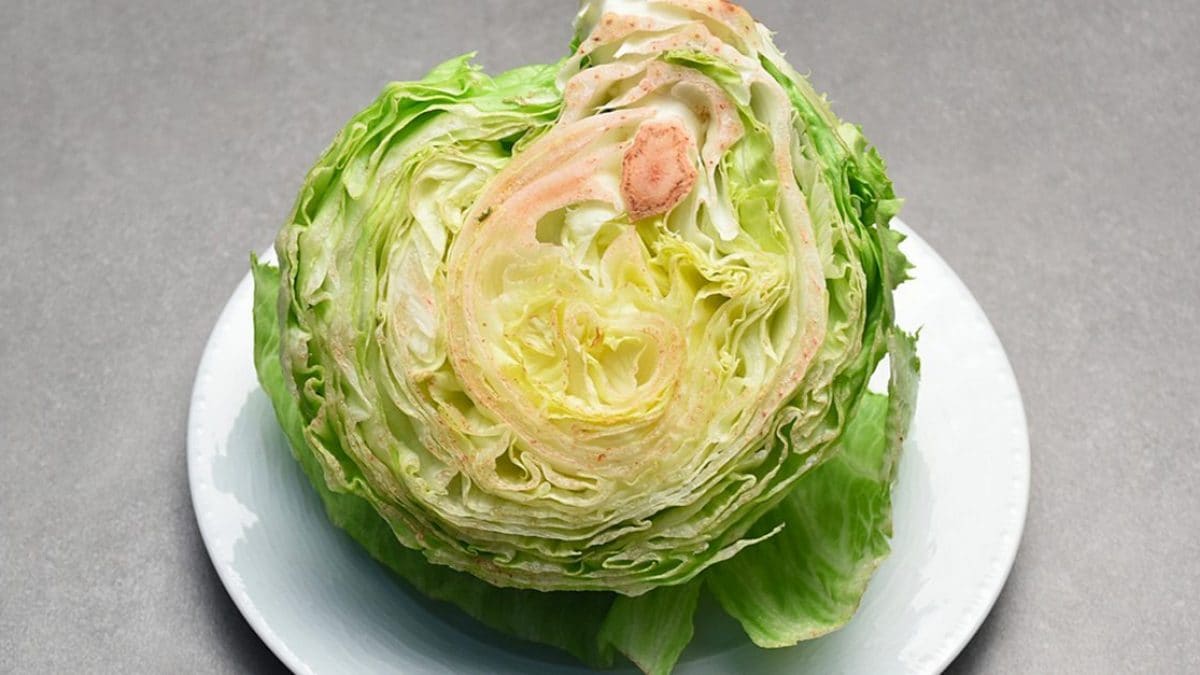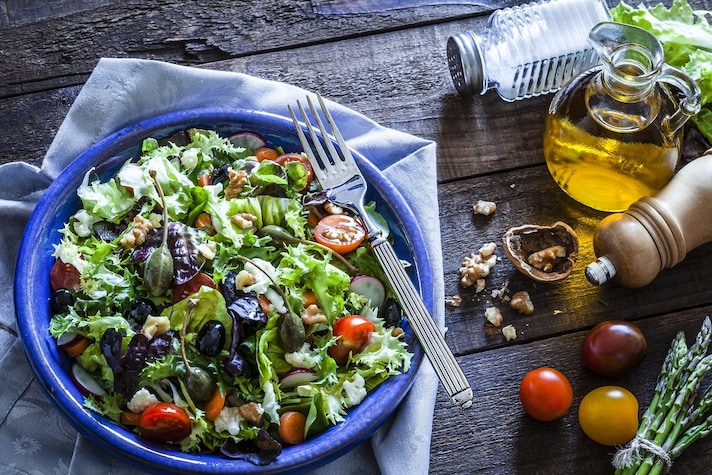
Among the freshest and easiest side dishes to prepare, the gold medal undoubtedly goes to salad. Whether it's mixed salad, lettuce or radicchio, bringing them to the table as a complement to a second course is always a choice under the sign of well-being and lightness. Not to mention how mixed salad can be a single dish that saves lunch and dinner, especially in the summer. It can happen, however, that salad stays in the refrigerator for a little too long, deteriorating. To avoid food waste, storing food correctly is the main rule: with salad, greater attention must be paid, as it is a very delicate vegetable that tends to survive for a short time. Let's see what are the best methods to preserve it and which are the types that last a little longer, a week at most.
Storing Salad for a Long Time: How and Where
It must be said that before getting to the practical act of storing the salad in the right way and place, it is essential to treat it correctly to make it last longer. Once you have harvested or purchased the head, start by eliminating the outer leaves, which tend to be damaged and have been in contact with the packaging more often. Wash the rest thoroughly, detaching leaf by leaf, in a bowl or in the sink with cold water, to remove any traces of soil. Repeat the rinse until the water is almost clear. After washing, dry the salad well by dabbing with a clean cloth. In fact, humidity can cause the leaves to deteriorate prematurely: drying is a step that must be done with care. At this point you can opt for:
- Airtight container: take a glass container (if you don't have one, a plastic one will do) and line it with kitchen paper towels, useful for absorbing excess moisture. Separate the leaves from the head and transfer them inside, without overloading them too much or they will crush. Cover with another sheet of absorbent paper and close with the lid. You can also make a layer of leaves and a layer of absorbent paper, especially with very broad-leaved varieties, such as lettuce.
- Kitchen towel: An alternative method is to wrap the whole bunch of individual leaves in a clean, slightly damp kitchen towel, making sure all the greens are well collected.
- Whole head: if you want to keep the whole head, there is no need to wash it first, just peel it to remove the damaged parts and roll it up in a damp kitchen towel.
In all cases, the salad should be placed in the special drawer of the refrigerator used for storing raw fruit and vegetables, which is designed to create a suitable environment for the vegetables, avoiding humidity and condensation, and therefore preventing premature deterioration due to temperatures that are either too cold (such as those on the lower shelf, which are around 35.6-41°F/2-5°C) or too hot (the upper shelf and the door, which can reach 50°F/10°C).

What Types of Salad Last the Longest?
We know that there is not just one salad, even if we often tend to include them all under this definition. Those that last longer in the refrigerator (but never more than a week), are the thick ones, which have a more robust structure such as radicchio, romaine lettuce, endive, always provided that the head is left intact. Salads with more delicate leaves, such as lamb's lettuce, valerian, iceberg lettuce, cabbage (turban-shaped, green or reddish), and gentle lettuce (the curly one, also green or reddish) have a shorter duration, usually 3 days maximum.
;Resize,width=767;)
